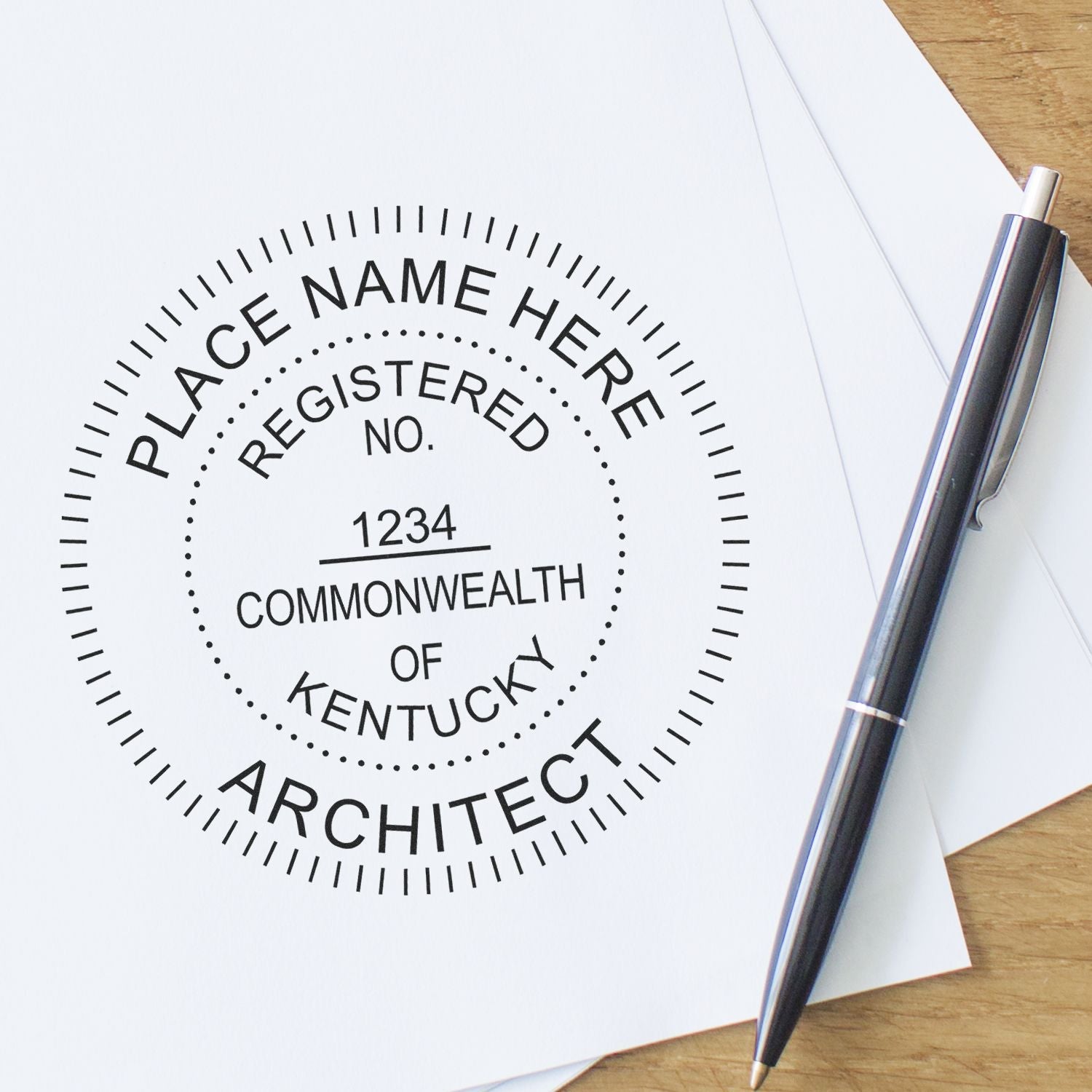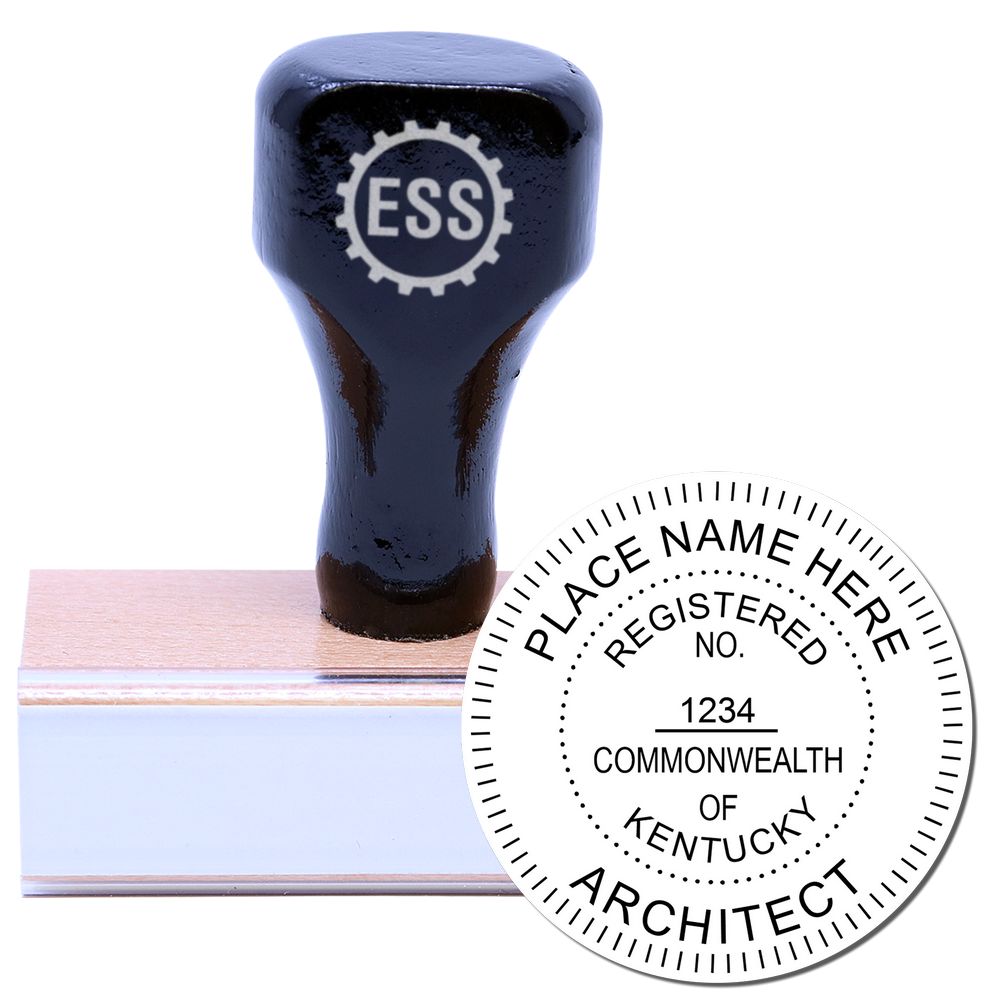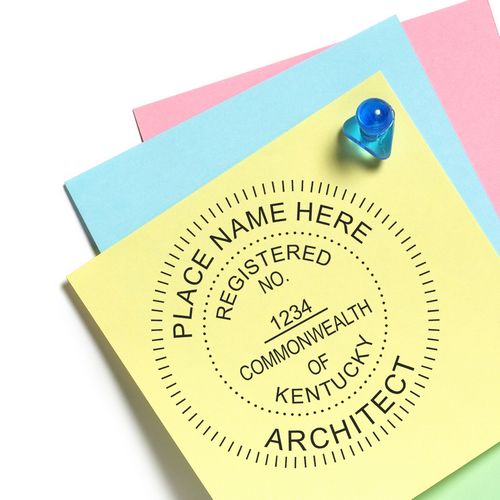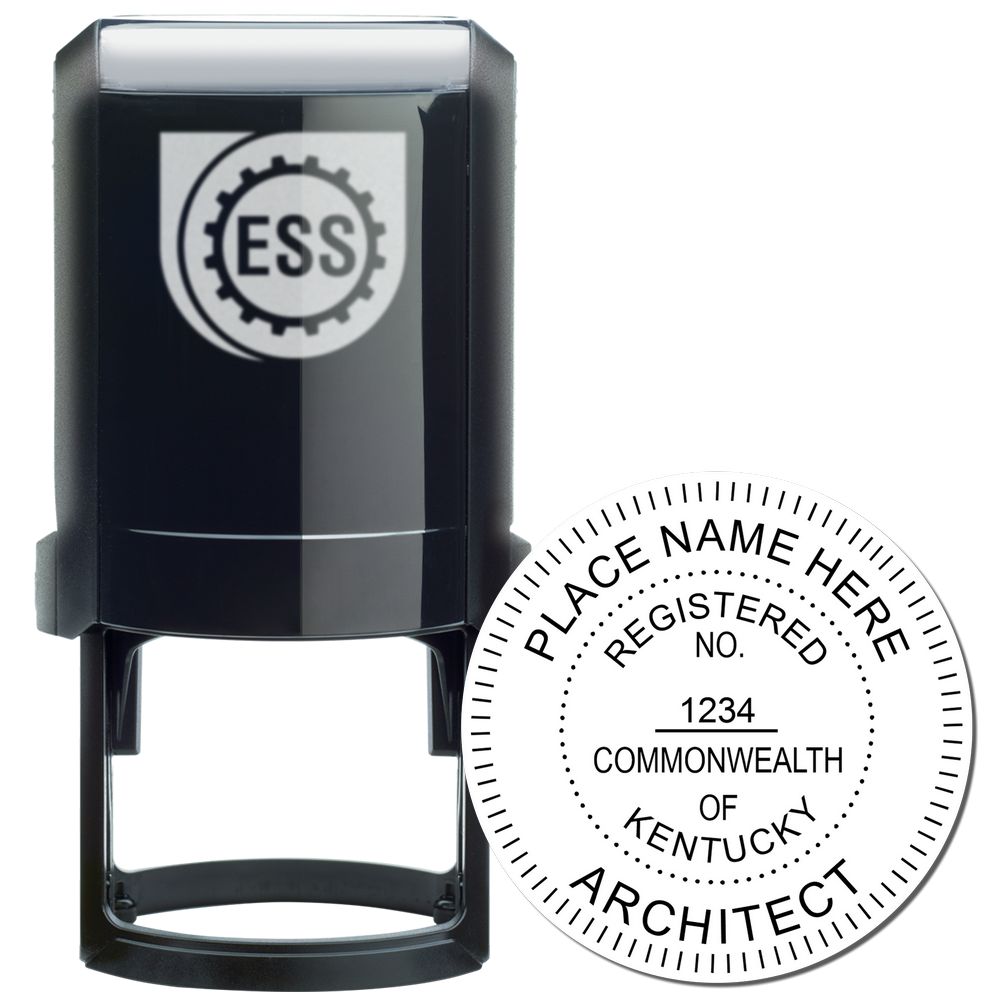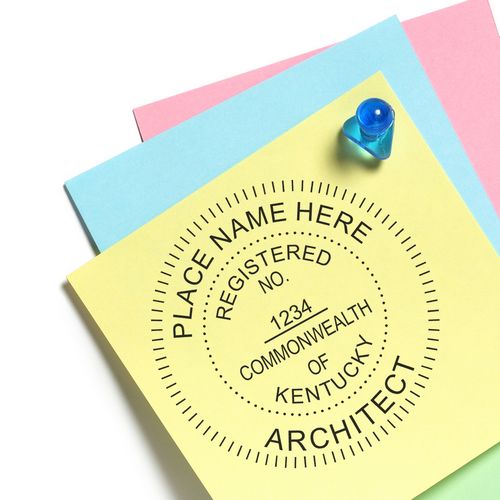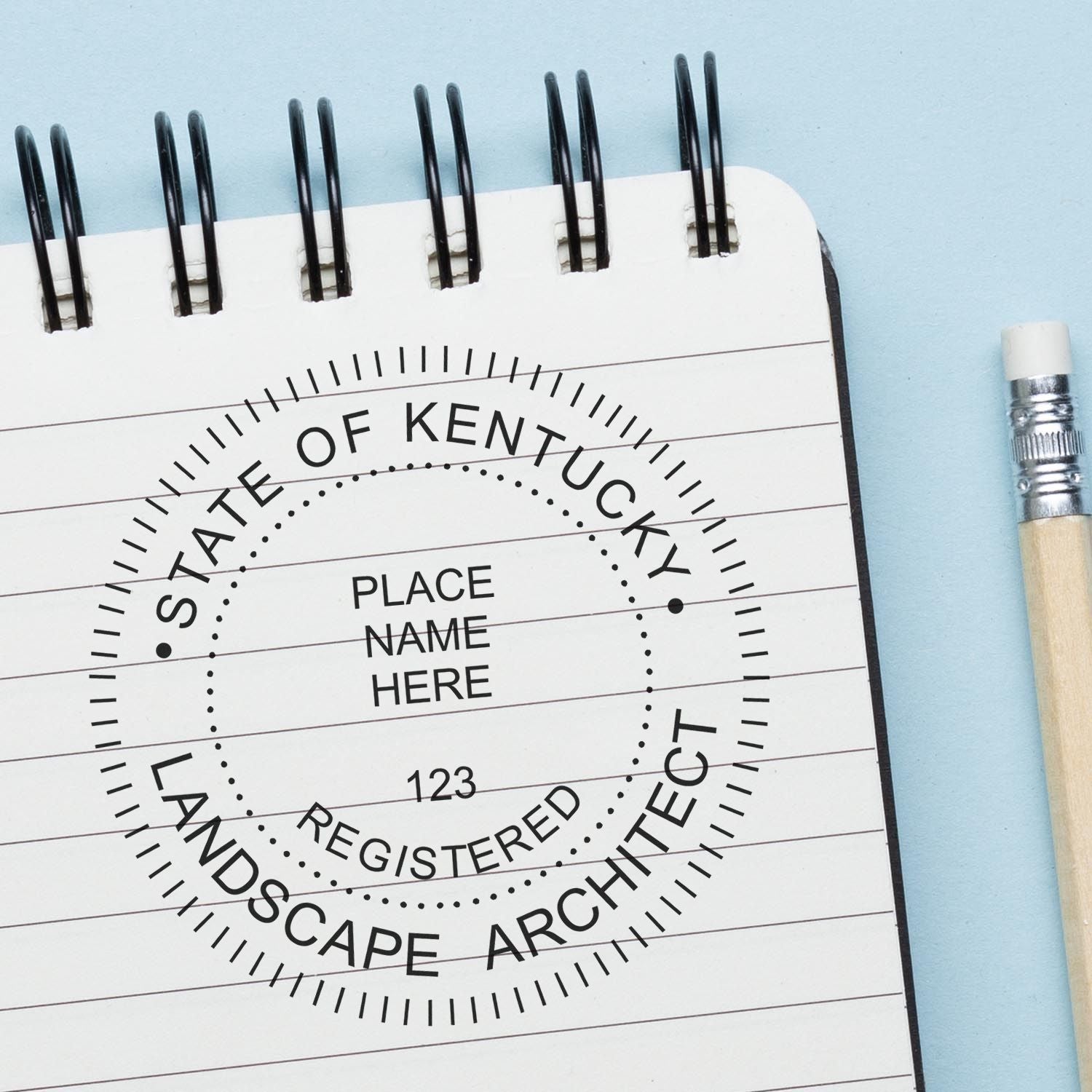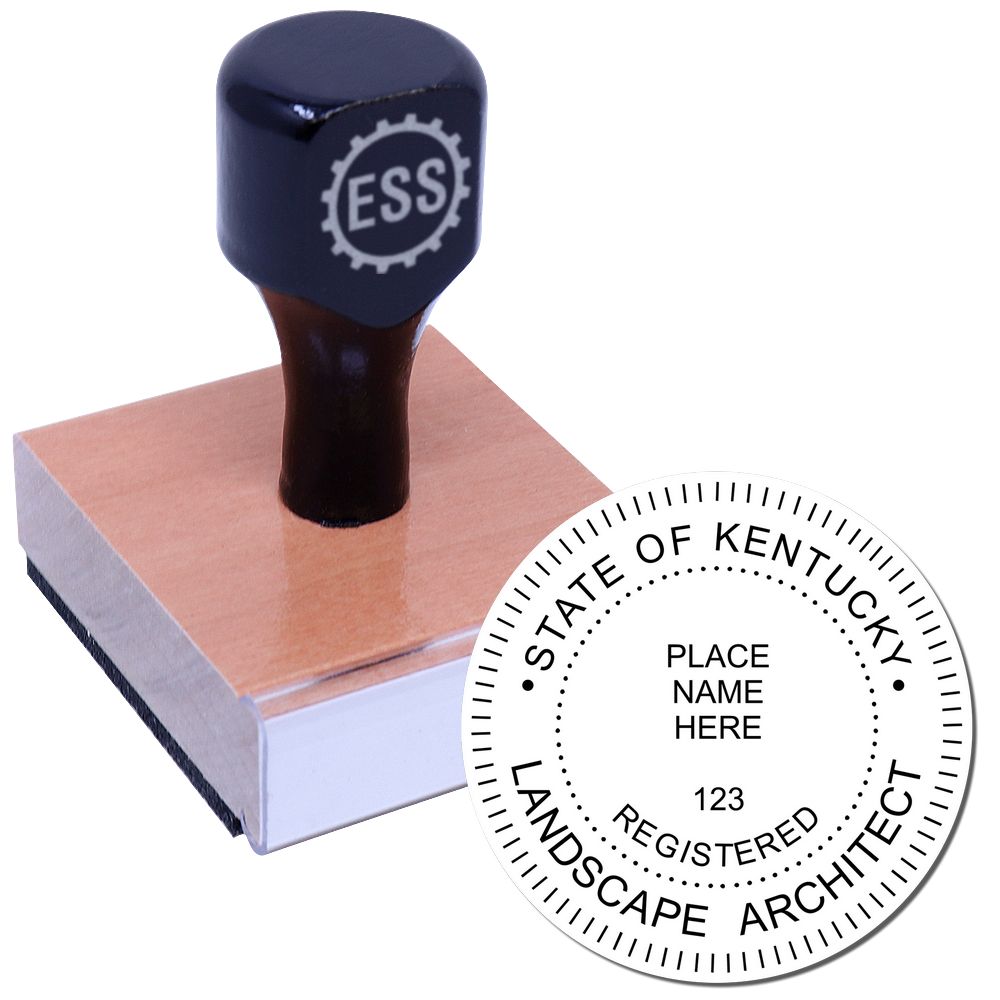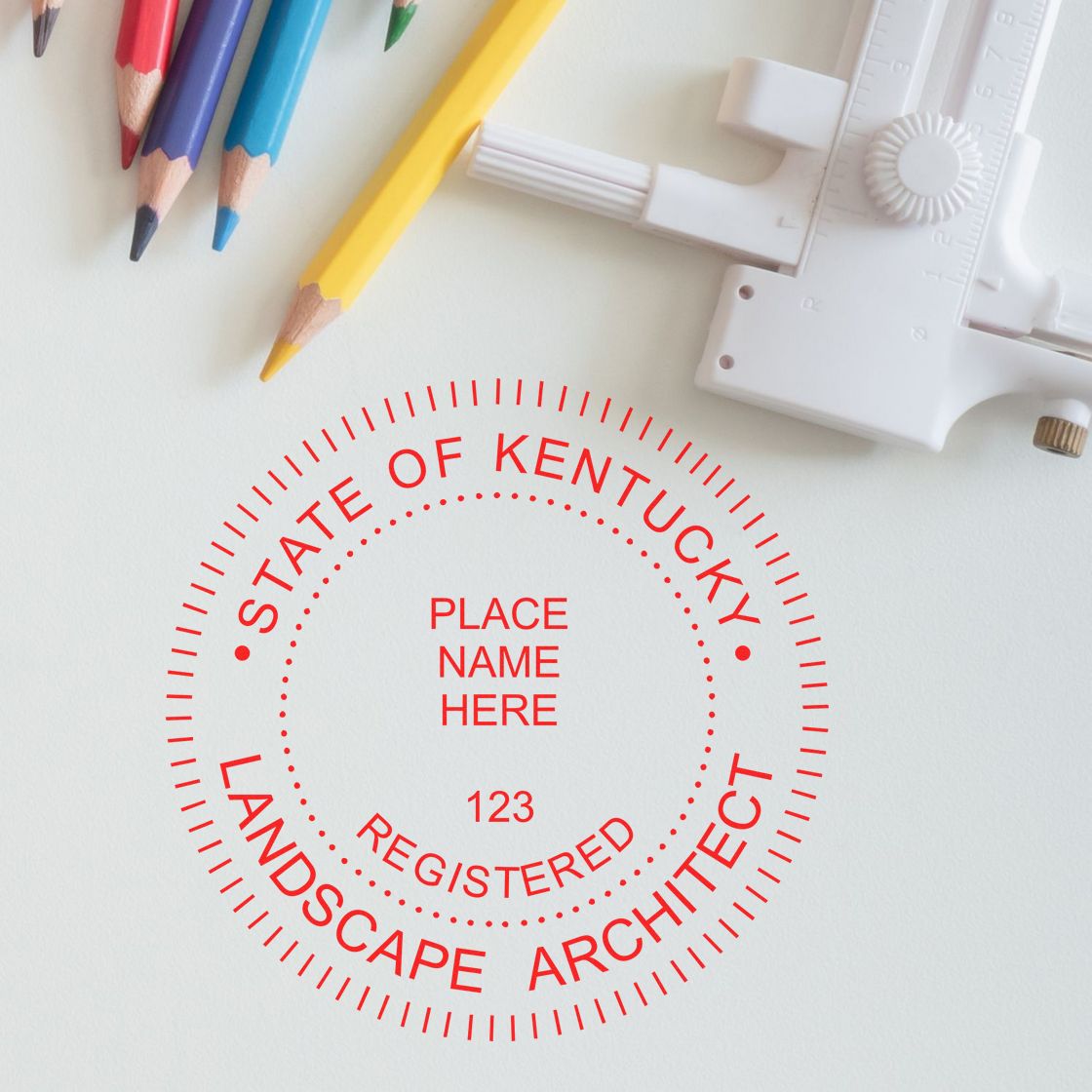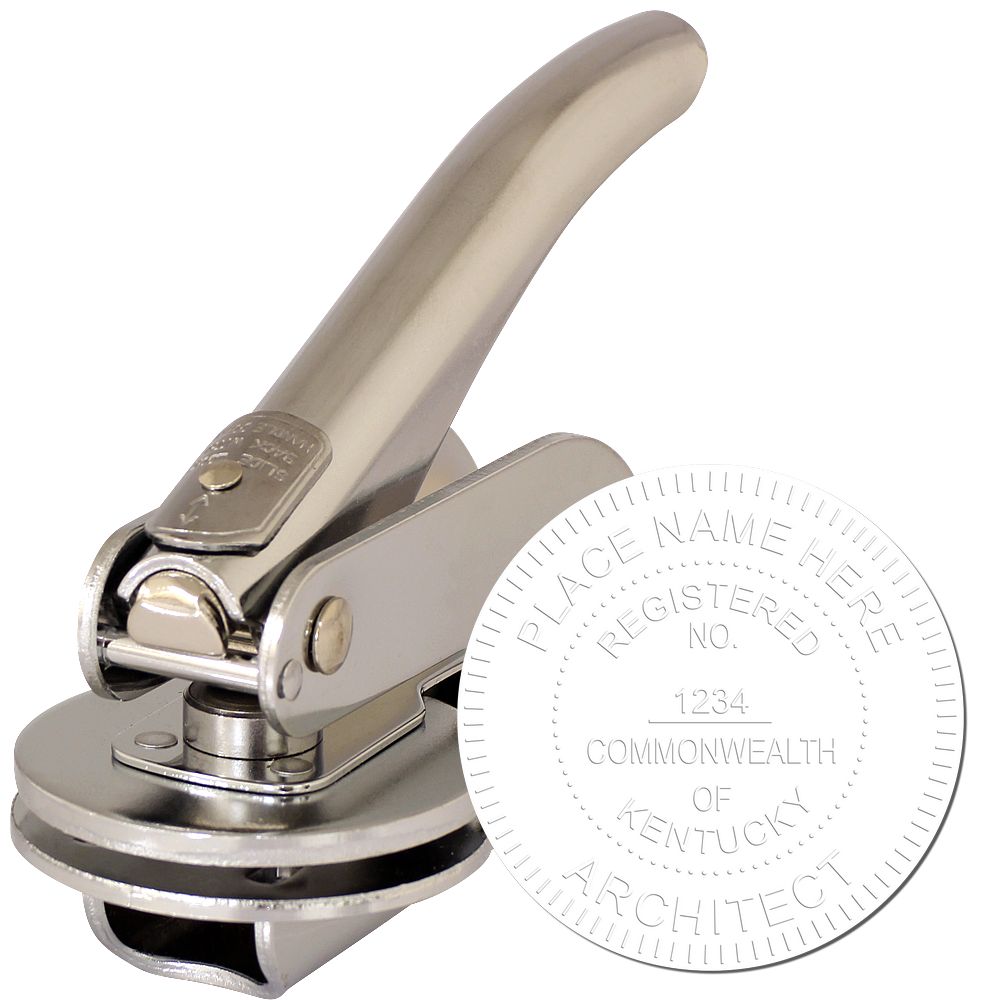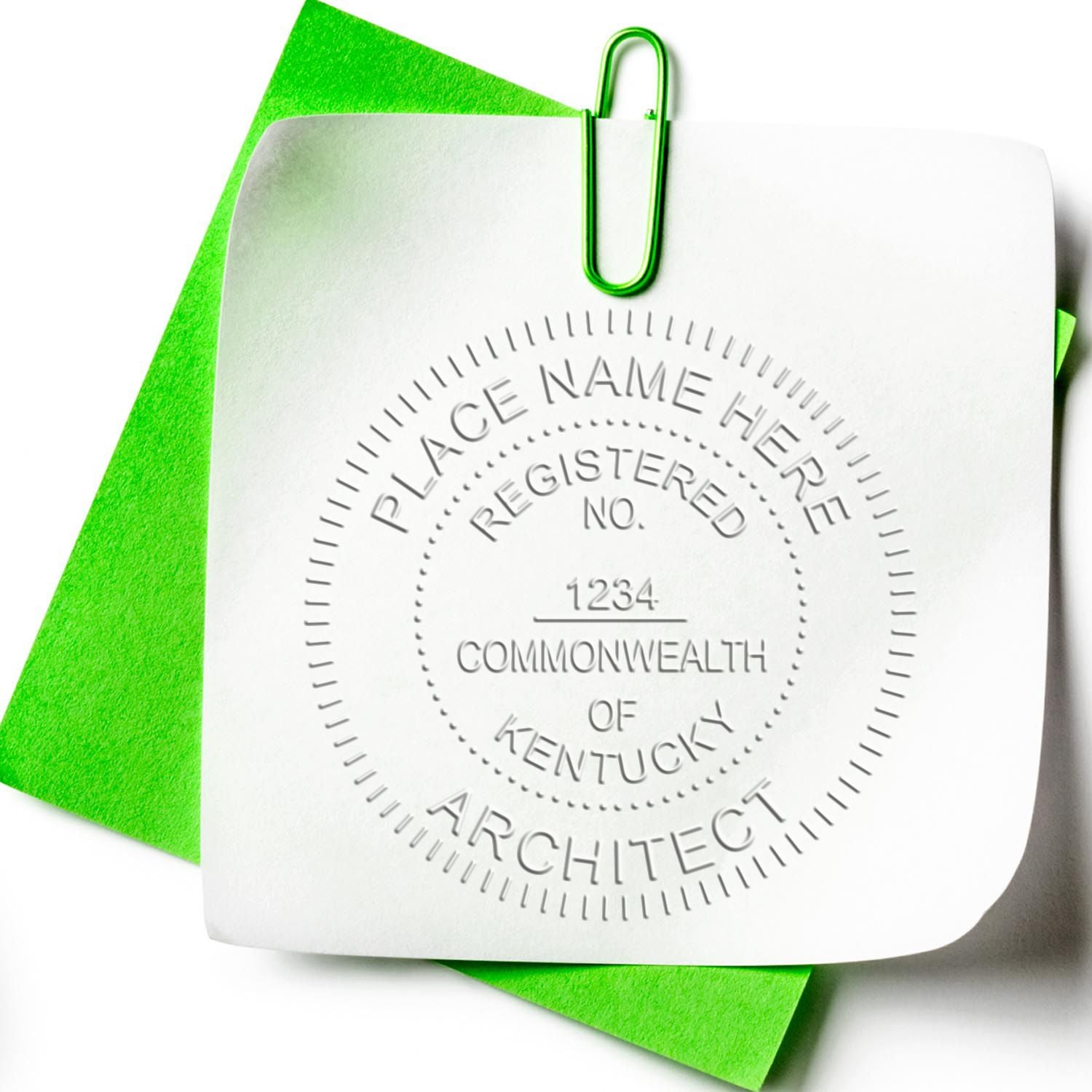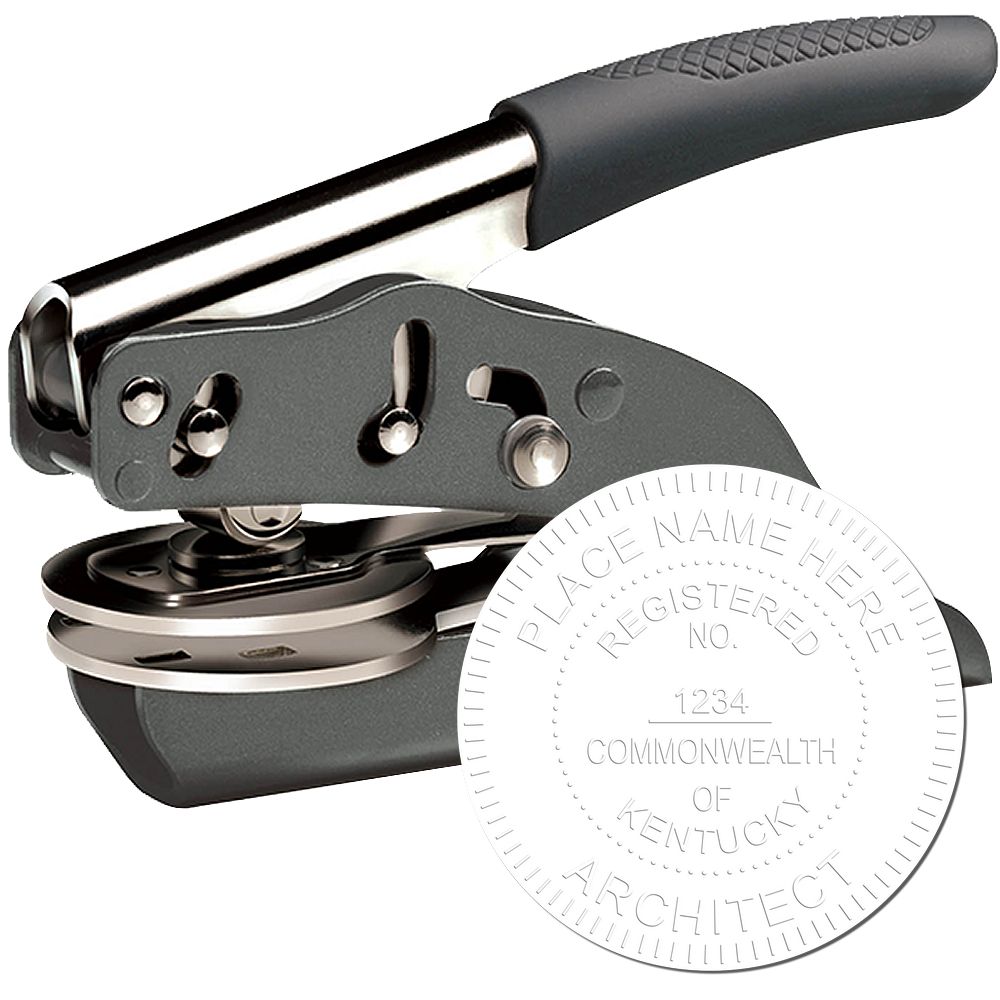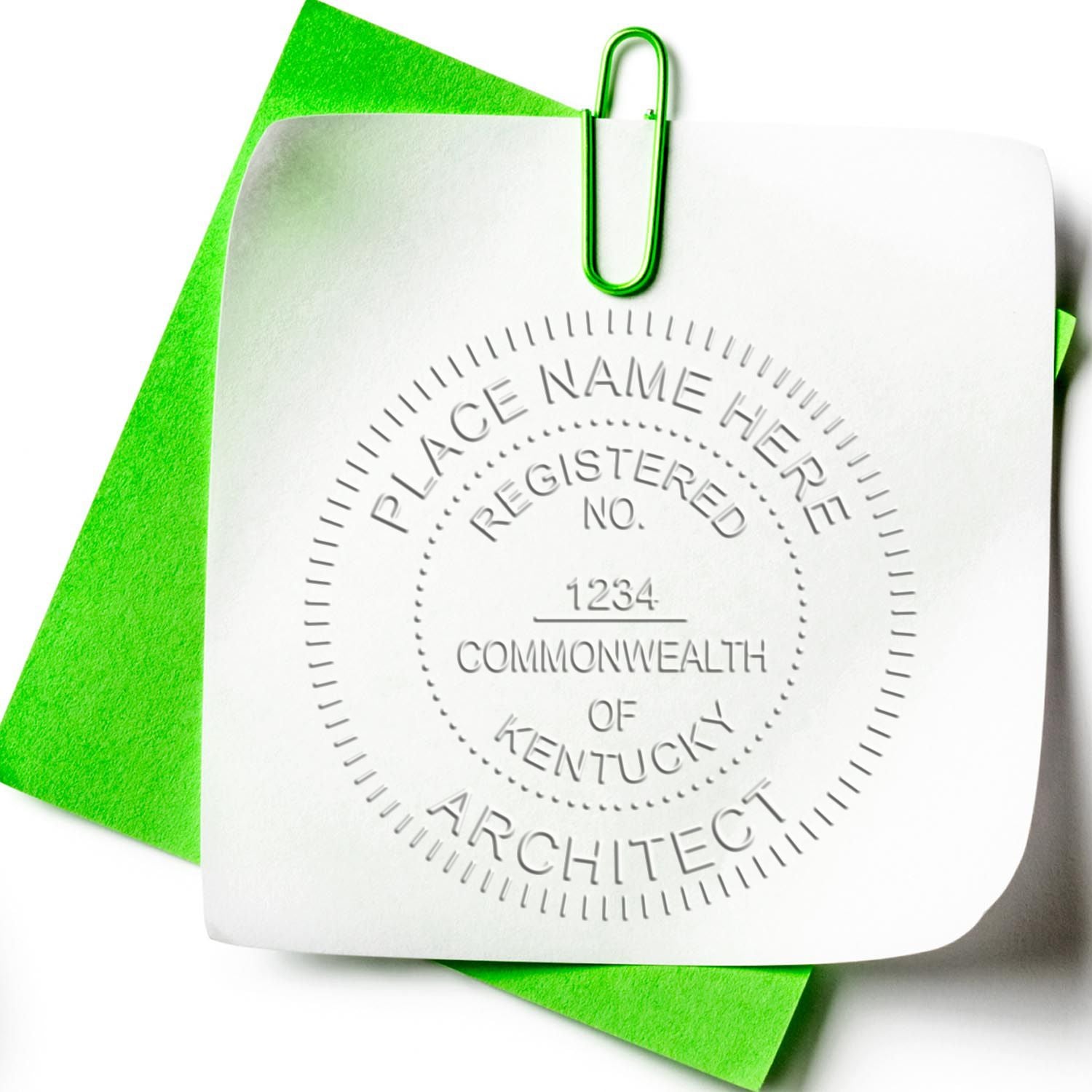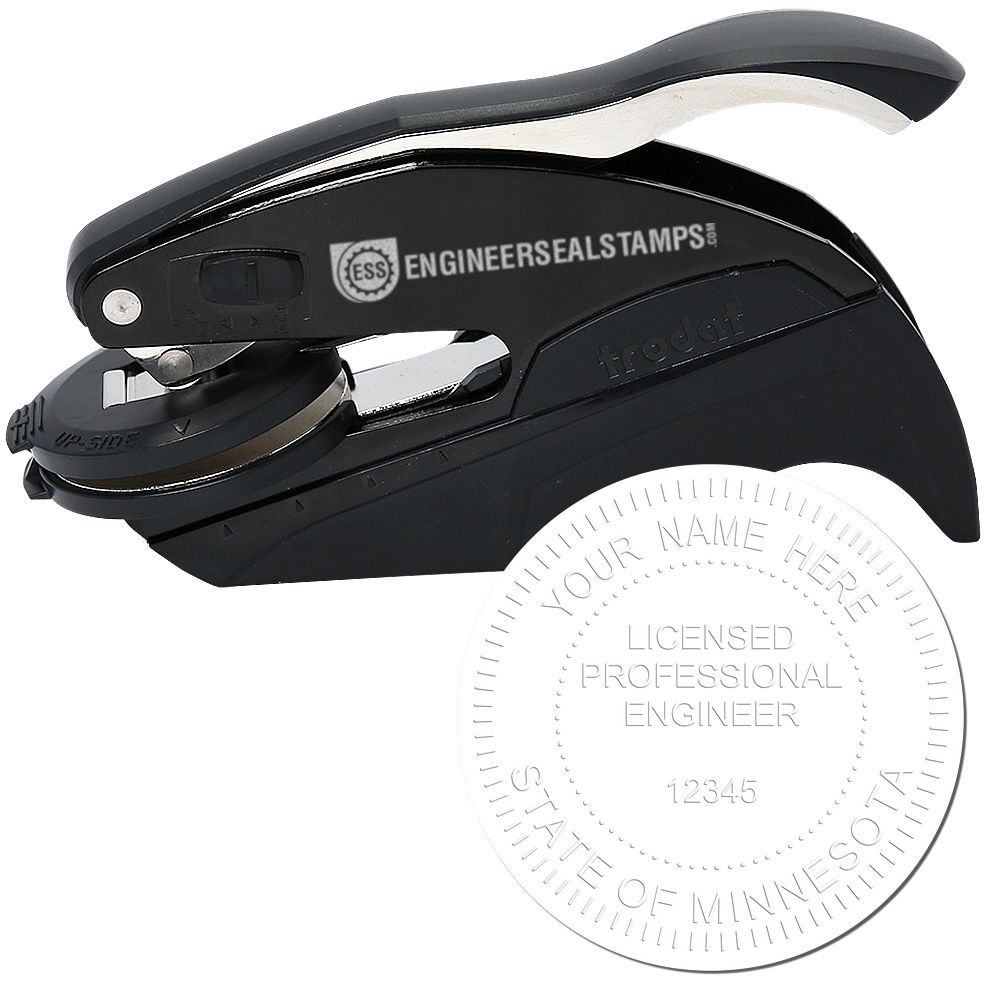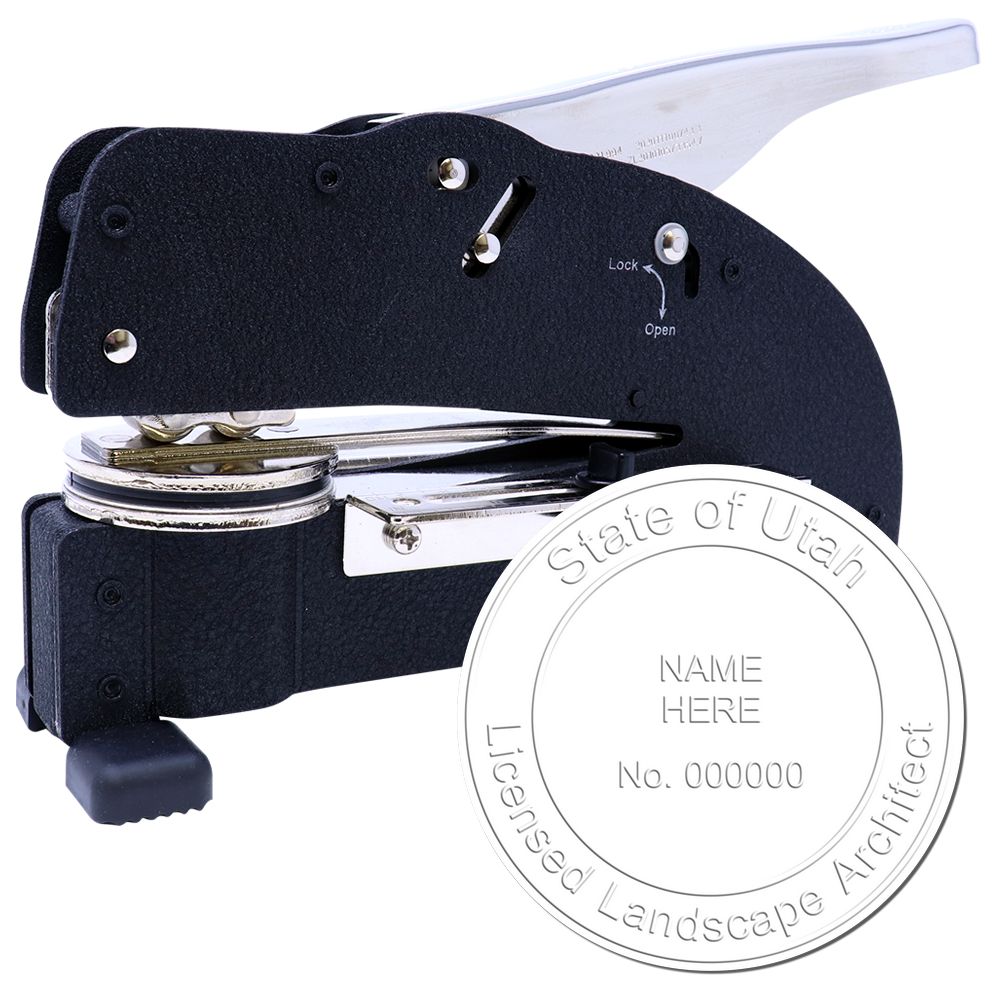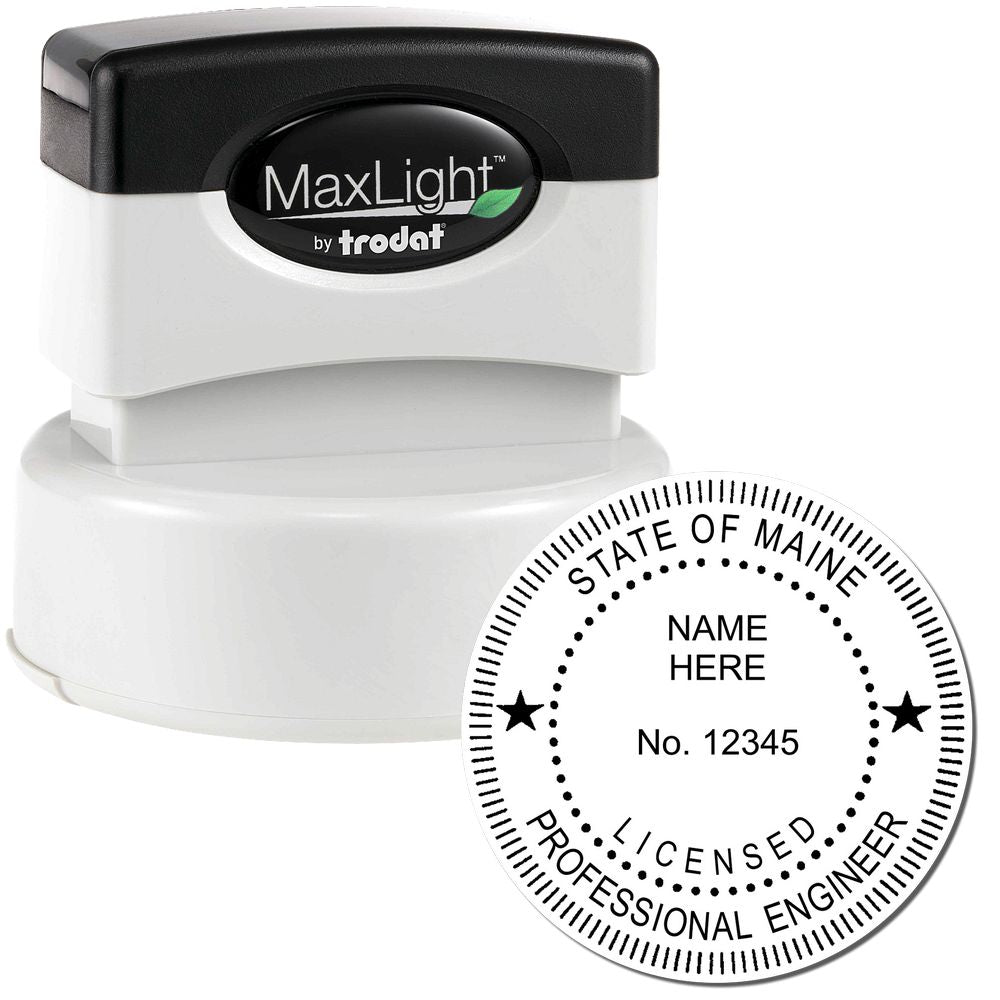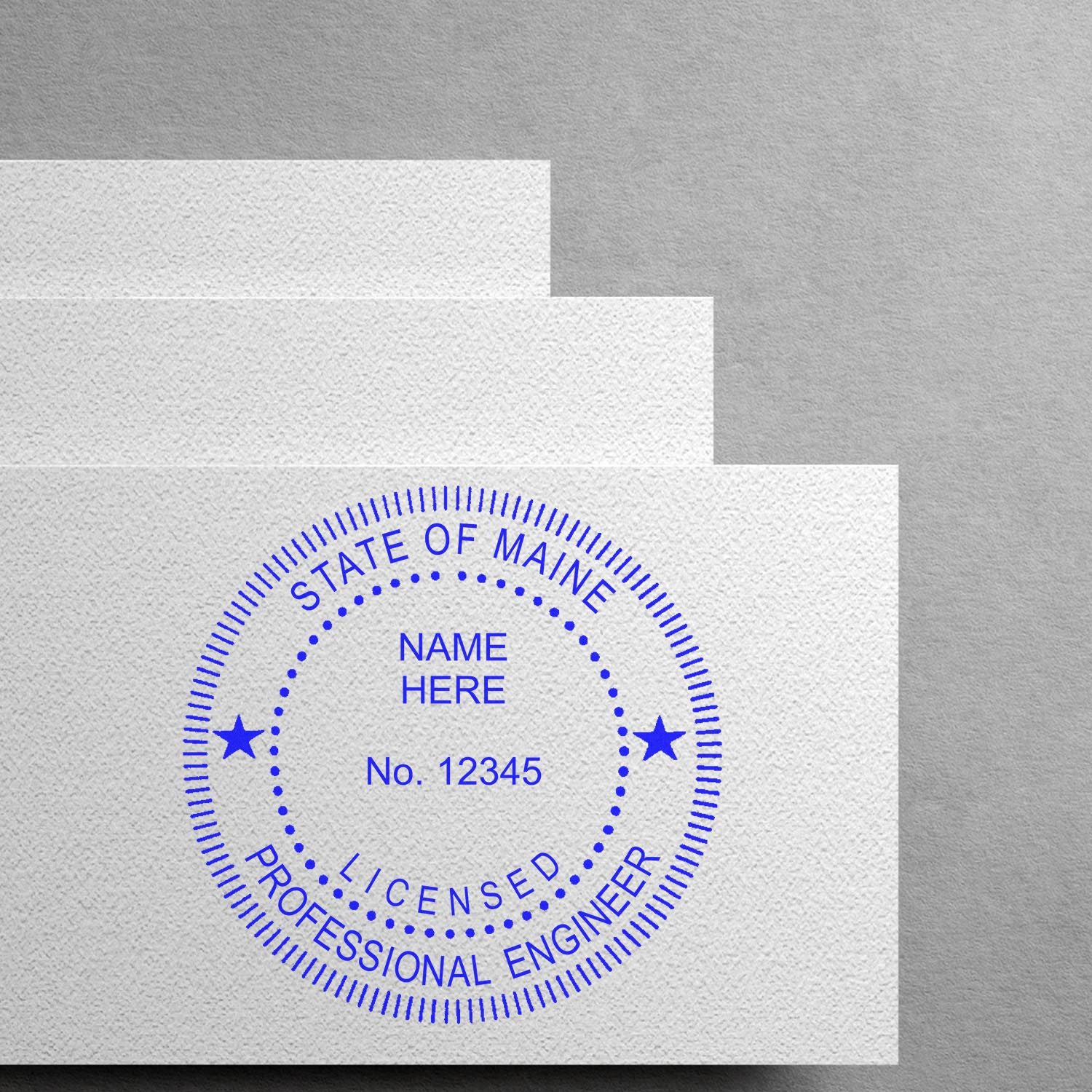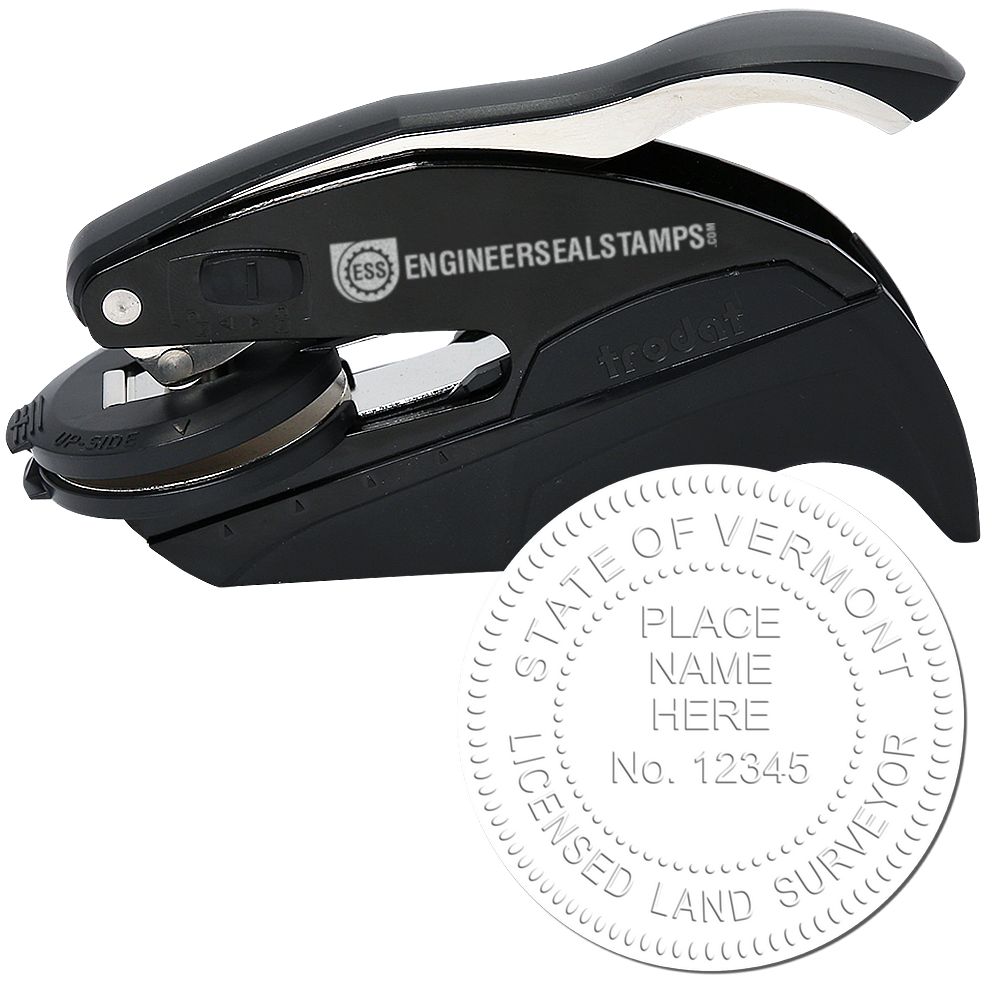Understanding Kentucky Architectural Seal Requirements
Architectural seals play a crucial role in the field of architecture, serving as a symbol of professionalism and accountability. In Kentucky, there are specific requirements and regulations that architects must adhere to when it comes to using architectural seals.
Importance of Architectural Seals
Architectural seals serve as an official stamp of approval on architectural documents and plans. They signify that a licensed architect has reviewed and taken responsibility for the design, ensuring that it meets the necessary safety and regulatory standards. By affixing their seal, architects demonstrate their expertise and commitment to upholding professional standards.
Architectural seals provide reassurance to clients, contractors, and regulatory authorities that a qualified professional has overseen the project. These seals also help to prevent unauthorized individuals from misrepresenting themselves as architects and taking on work beyond their expertise.
Overview of Kentucky Architectural Seal Requirements
In Kentucky, the Kentucky Board of Architects is responsible for regulating the use of architectural seals. The board sets forth strict guidelines to ensure that architectural seals are used appropriately and in compliance with state regulations.
Architects practicing in Kentucky are required to obtain an architectural seal before they can legally sign and seal architectural documents. The seal must contain specific information and elements as outlined by the Kentucky Board of Architects.
To provide a clear understanding of the requirements, let's take a look at the key aspects of Kentucky architectural seal requirements:
| Requirement | Description |
|---|---|
| Size and Shape Guidelines | The Kentucky Board of Architects specifies the dimensions and shape that the architectural seal should adhere to. The seal must be of a certain size to ensure legibility and visibility on the documents. For more information on the size requirements, refer to our article on Kentucky architect stamp size. |
| Mandatory Information and Elements | The architectural seal must include specific information, such as the architect's name, license number, and the words "Registered Architect." Additionally, the seal should incorporate elements such as the state of Kentucky's name and the board's logo. For a comprehensive understanding of the mandatory information and elements, refer to our article on Kentucky architect stamp regulations. |
By understanding the importance of architectural seals and the specific requirements set by the Kentucky Board of Architects, architects can ensure compliance with the regulations and maintain a professional standard of practice. To learn more about obtaining a Kentucky architectural seal, refer to our article on Kentucky architect stamps and explore approved vendors and providers in Kentucky.
Kentucky Architectural Licensing Board
To ensure compliance with Kentucky architectural seal requirements, it is essential to understand the role and responsibilities of the Kentucky Architectural Licensing Board. This board plays a crucial role in regulating and overseeing the architectural profession within the state.
Role and Responsibilities
The Kentucky Architectural Licensing Board is responsible for safeguarding the public by ensuring that licensed architects adhere to the highest professional standards. Their primary role is to evaluate the qualifications of individuals seeking licensure as architects and to regulate the practice of architecture in Kentucky.
The board sets guidelines and regulations that govern the use of architectural seals, aiming to maintain the integrity and quality of architectural work throughout the state. By enforcing these requirements, the board helps protect the public from potential harm caused by unqualified or unscrupulous individuals.
Regulations and Requirements for Architectural Seals
The Kentucky Architectural Licensing Board has established specific regulations and requirements for architectural seals. These regulations ensure that architectural documents are properly authenticated, providing confidence to clients, regulatory authorities, and the public.
Architects in Kentucky must affix their seal to architectural documents, such as drawings, specifications, and other professional documents, to indicate their involvement and responsibility for the work. The seals serve as a form of official identification and verification, providing assurance that the documents have been prepared or reviewed by a licensed architect.
The specific requirements for architectural seals in Kentucky include guidelines for size, shape, and mandatory information and elements. Architects must ensure that their seals meet these requirements to maintain compliance with state regulations. For more information on the size requirements for architectural seals in Kentucky, refer to our article on Kentucky architect stamp size.
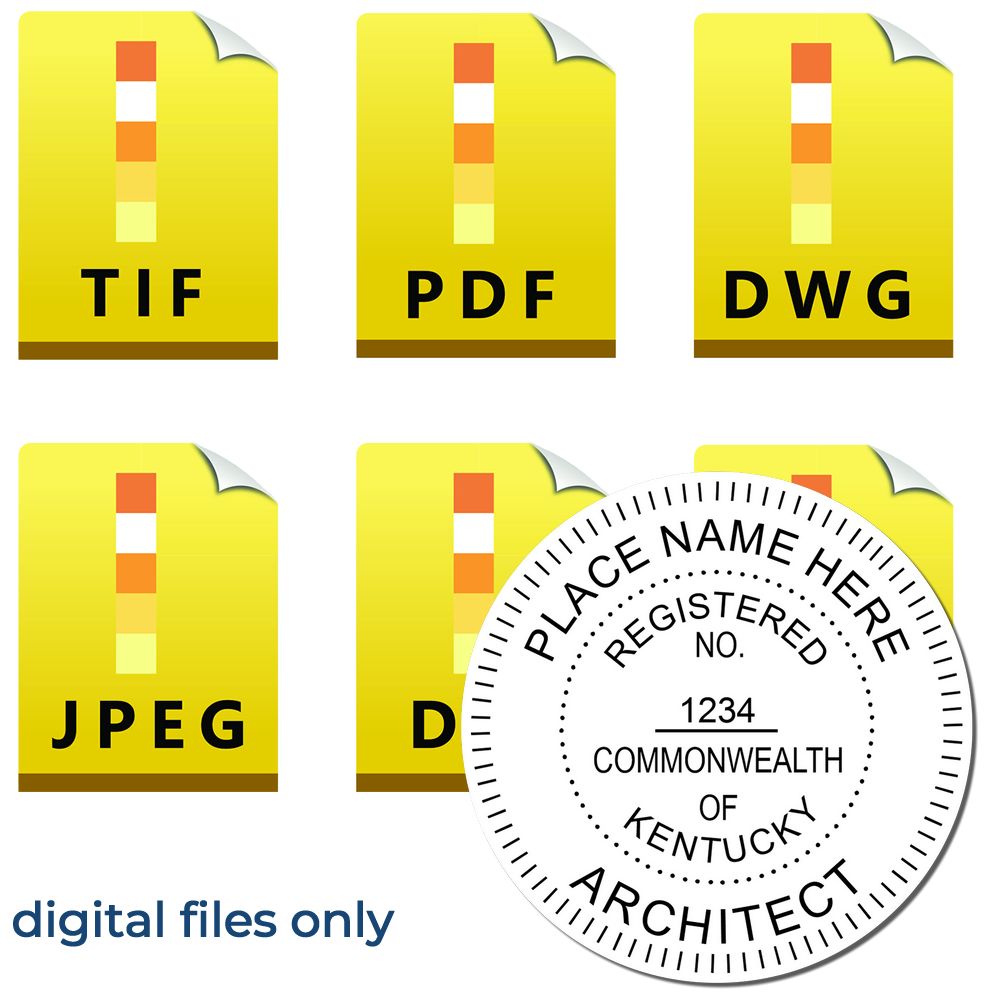
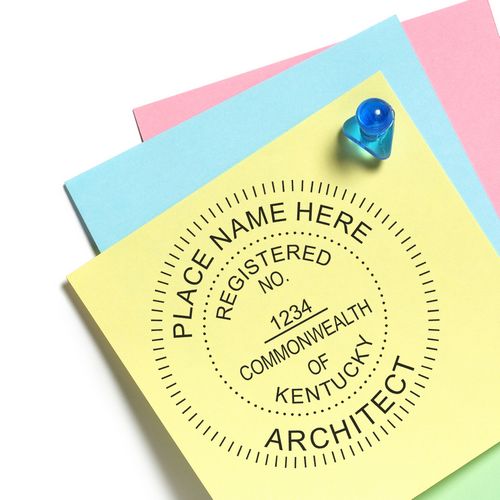
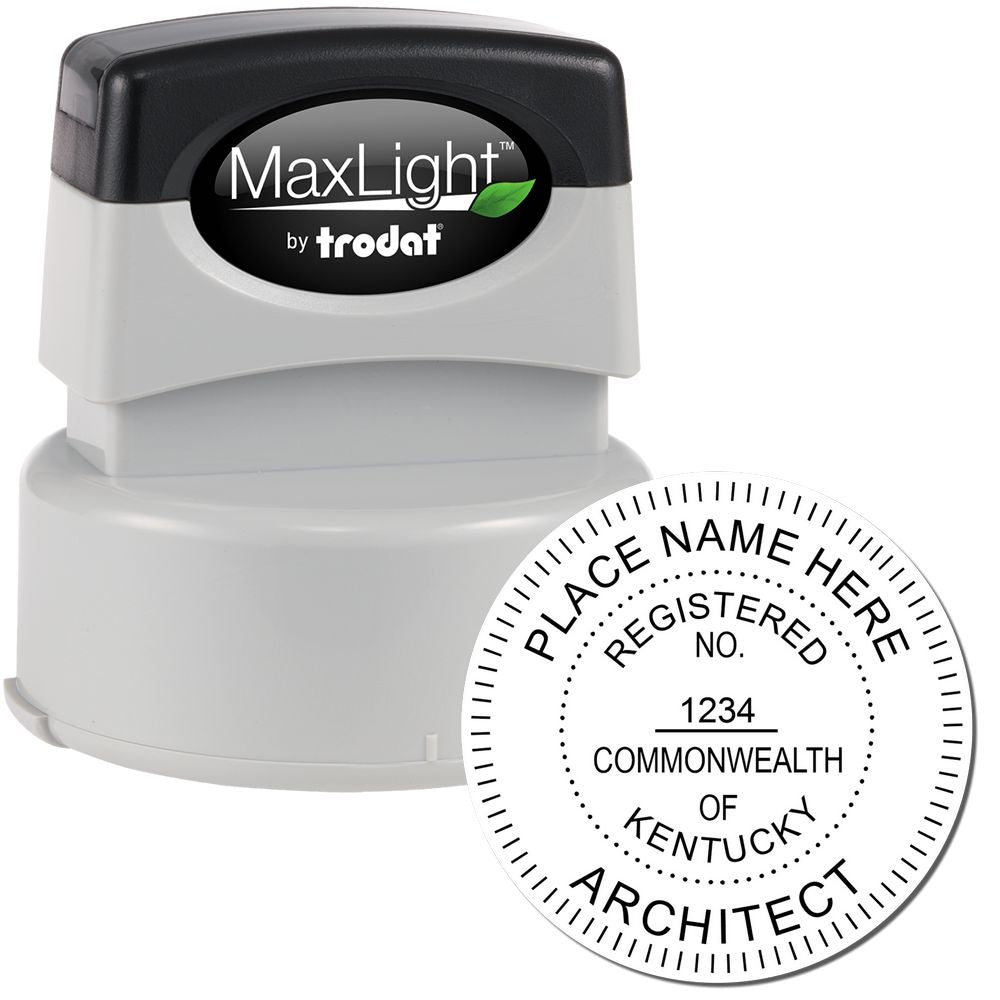
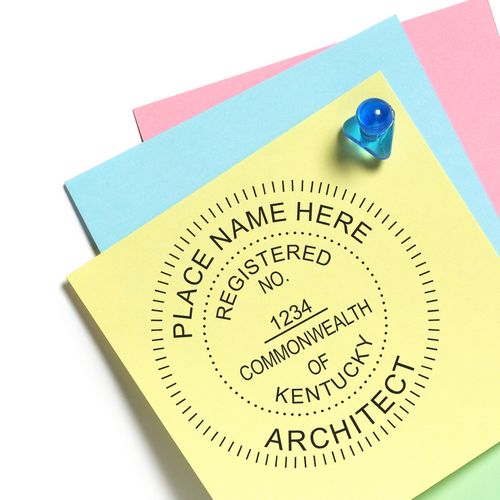
It is important for architects to stay informed about any updates or changes to the regulations regarding architectural seals. By keeping up-to-date with the regulations set forth by the Kentucky Architectural Licensing Board, architects can ensure that their seals remain compliant and in adherence with state requirements.
Understanding the role and responsibilities of the Kentucky Architectural Licensing Board, as well as the regulations and requirements for architectural seals, is crucial for architects practicing within the state. By following these guidelines, architects can maintain compliance and uphold the professional standards expected in the field of architecture.
Design and Content of Architectural Seals
When it comes to Kentucky architectural seal requirements, there are specific guidelines to follow regarding the design and content of the seal. These guidelines ensure consistency and professionalism in the field of architecture. Let's explore the size and shape guidelines as well as the mandatory information and elements that should be included in an architectural seal.
Size and Shape Guidelines
In Kentucky, the architectural seal must be of a specific size and shape to meet the state's requirements. The seal should have a circular shape with a diameter of no less than 1 1/2 inches and no more than 2 inches. The circular shape symbolizes the official nature of the seal and distinguishes it from other types of stamps or marks.
Architects should ensure that the size of their seal meets the specified dimensions to ensure compliance with Kentucky regulations. It's important to note that the exact dimensions may vary slightly, so it's advisable to consult the official Kentucky architectural stamp regulations for the most up-to-date information.
Mandatory Information and Elements
In addition to the size and shape guidelines, there is specific mandatory information and elements that must be present on the architectural seal. These ensure that the seal accurately represents the architect and their professional credentials. The following information and elements are typically required on a Kentucky architectural seal:
-
Architect's Name: The full legal name of the architect should be included on the seal. This helps identify the responsible individual behind the architectural plans or documents.
-
Architect's License Number: The architect's license number, issued by the Kentucky Architectural Licensing Board, is an essential element on the seal. It serves as a unique identifier for the architect and verifies their professional credentials.
-
"Registered Architect": The phrase "Registered Architect" or an abbreviation such as "R.A." or "Reg. Arch." should be clearly displayed on the seal. This indicates that the architect is duly registered and licensed in the state of Kentucky.
-
State of Kentucky: The architectural seal should prominently display the words "State of Kentucky" or an abbreviation such as "KY." This further validates that the architect is authorized to practice in the state.
-
Symbol or Graphic Element: Some architectural seals may include a symbol or graphic element that represents the profession. However, it's important to ensure that the graphic element does not overshadow or obscure the mandatory information mentioned above.
By adhering to the size and shape guidelines and including the mandatory information and elements, architects can create a seal that meets the Kentucky architectural seal requirements. It's crucial to ensure that the seal is legible, professional, and complies with the regulations set forth by the Kentucky Architectural Licensing Board.
When looking to purchase a Kentucky architectural seal, architects should consult Kentucky architect stamps to find approved vendors and providers. These vendors specialize in creating architect stamps that meet the specific requirements set by the state.
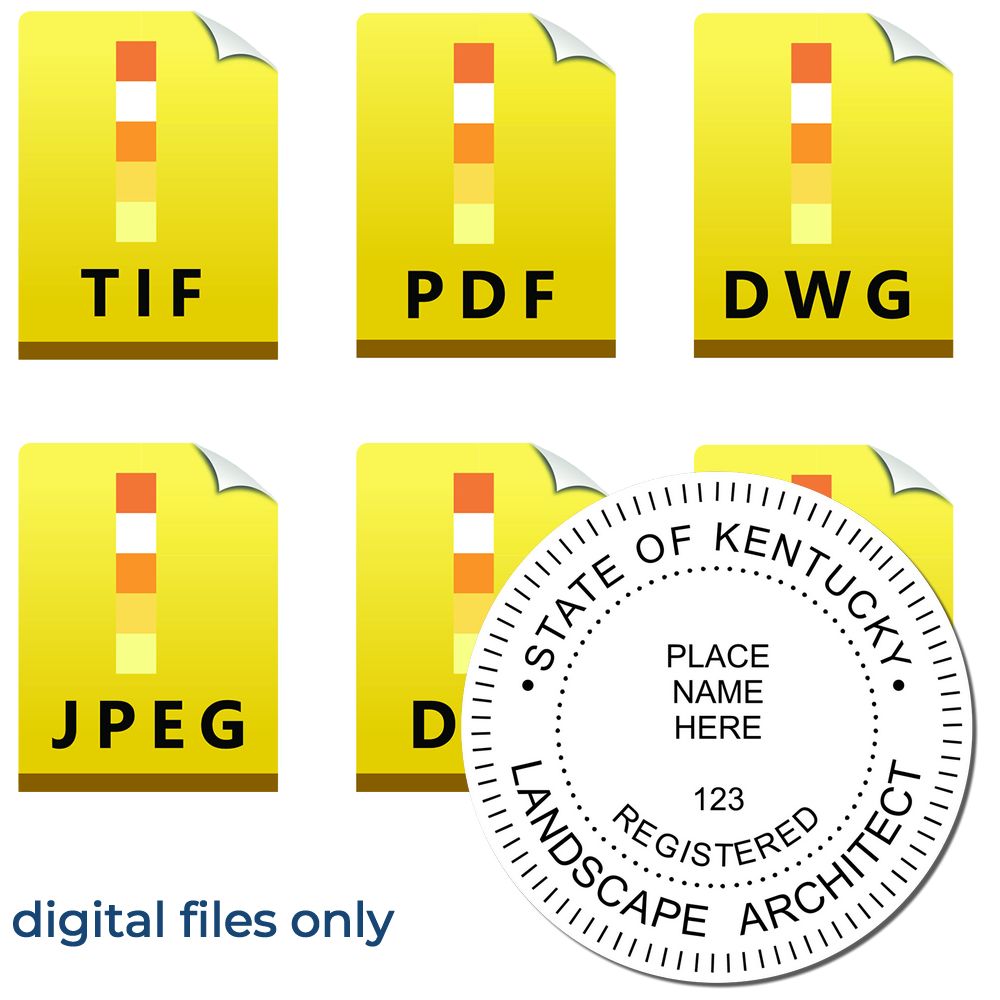
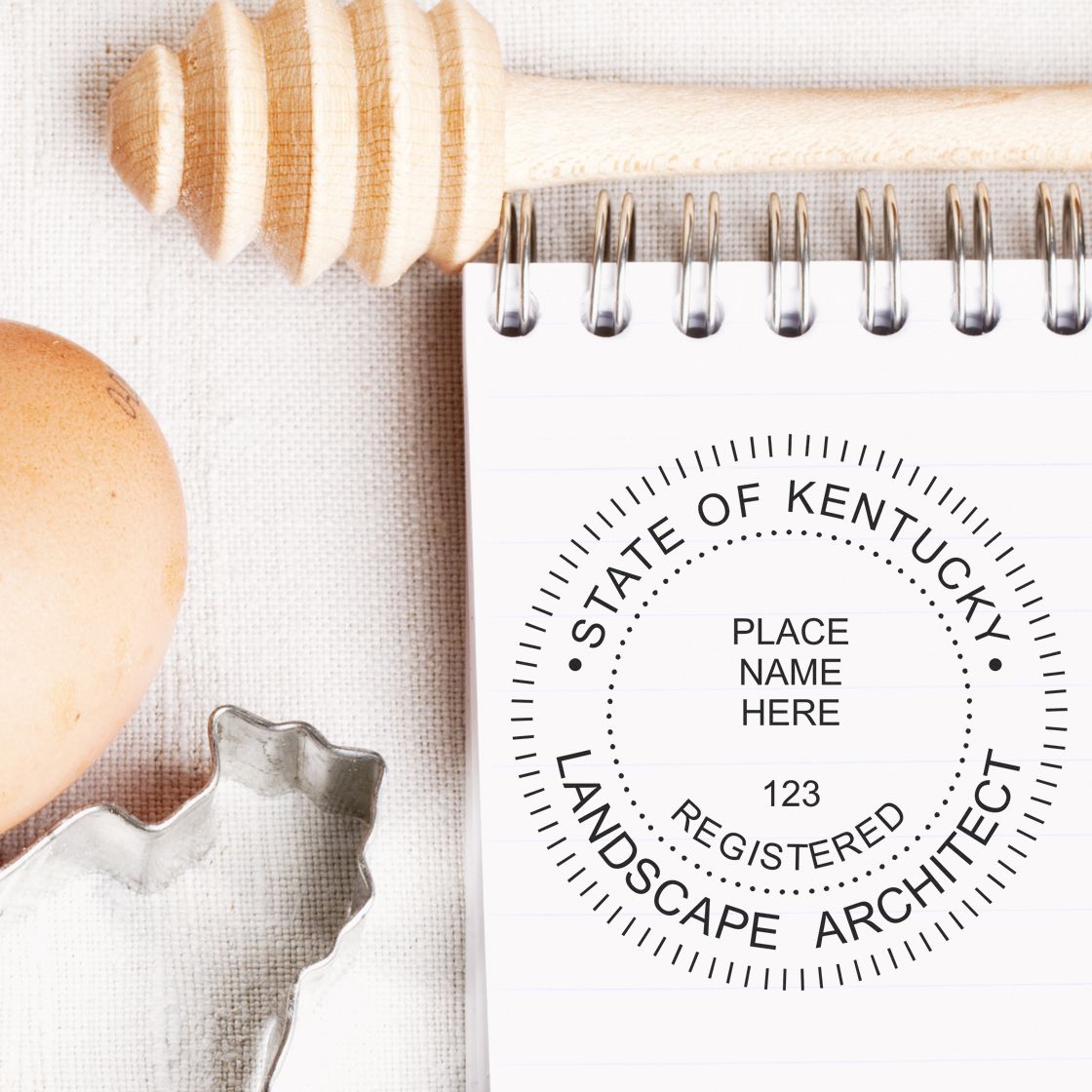
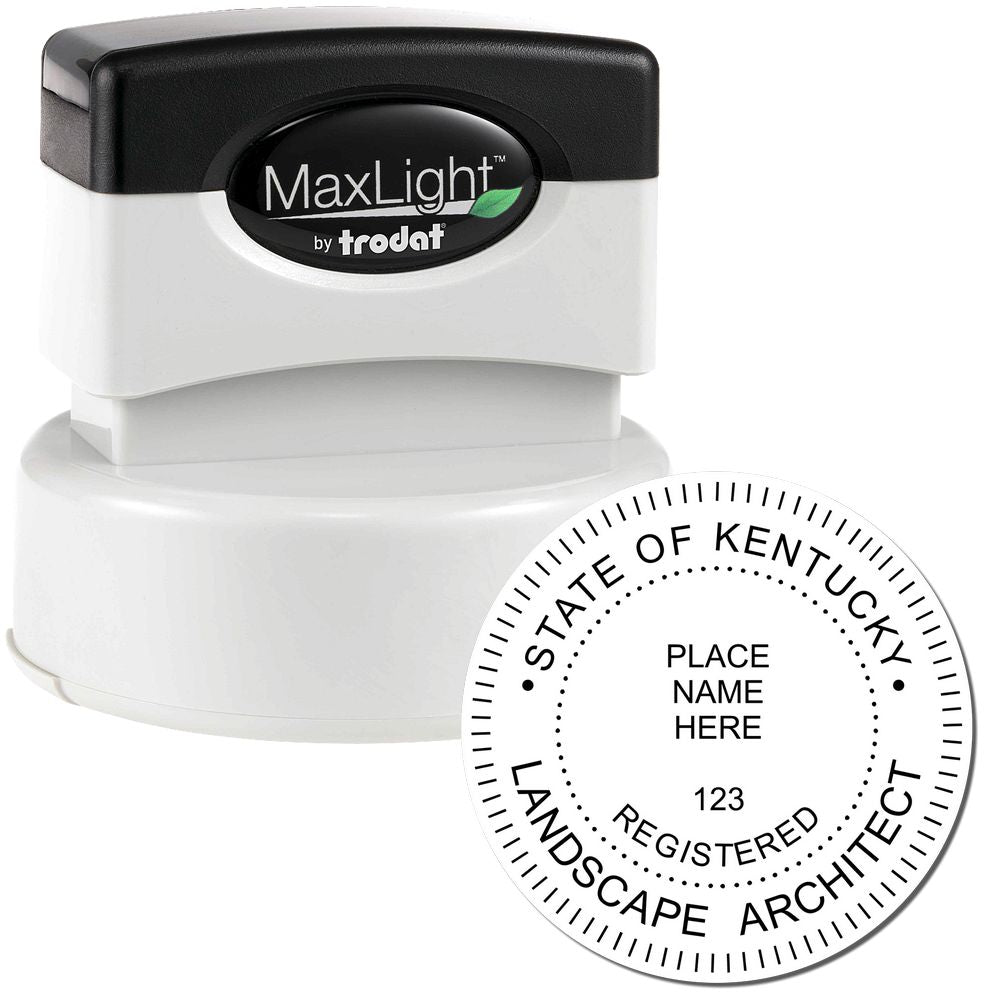
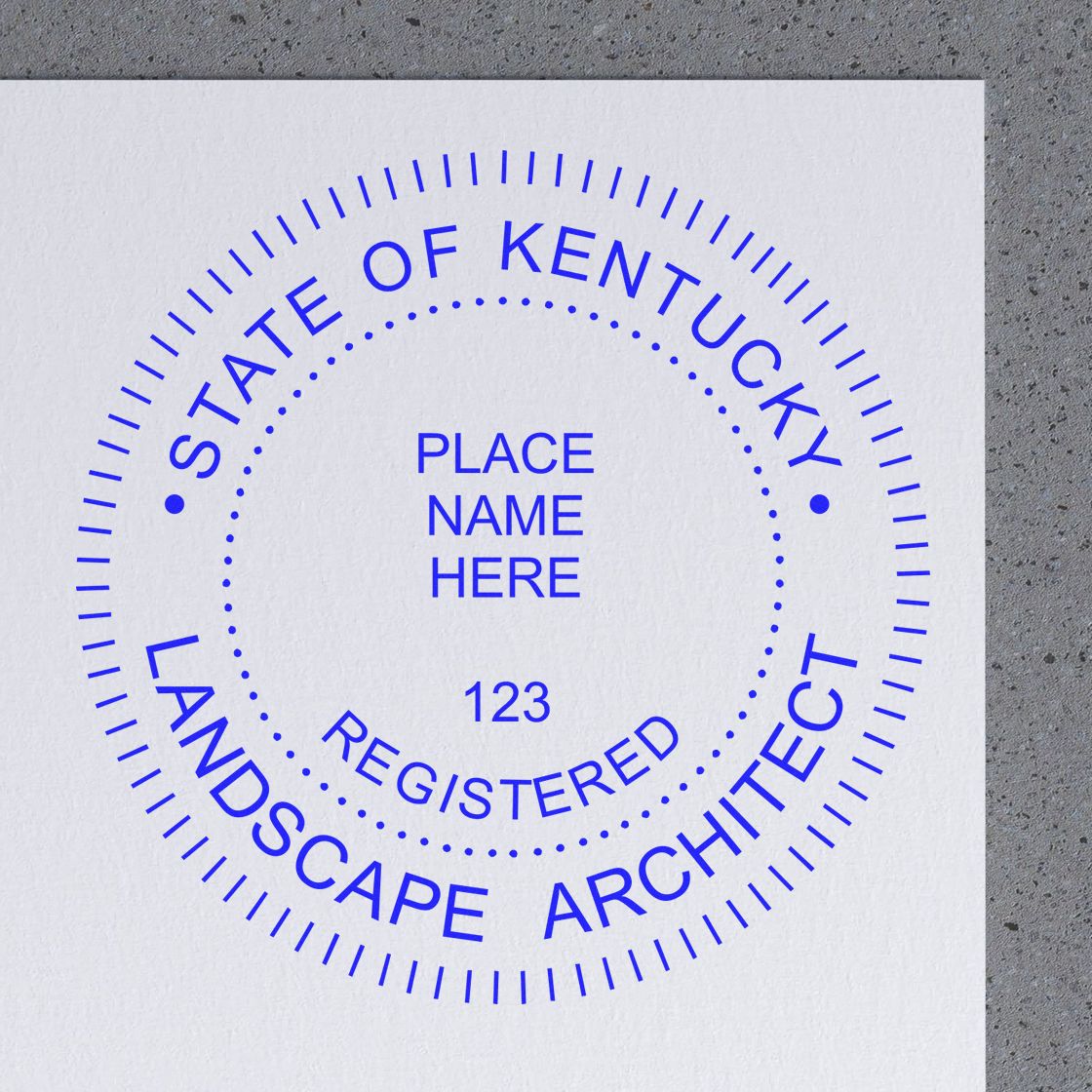
Maintaining compliance with architectural seal requirements is essential for architects practicing in Kentucky. By understanding the size and shape guidelines and including the mandatory information and elements on their seal, architects demonstrate their professionalism and adherence to state regulations.
Obtaining an Architectural Seal
To legally practice architecture in Kentucky, architects must obtain an architectural seal that meets the state's requirements. This seal serves as a mark of authenticity and verifies the architect's professional credentials. Obtaining an architectural seal involves following the application process and obtaining the seal from approved vendors and providers.
Application Process
To obtain an architectural seal in Kentucky, architects must complete the application process outlined by the Kentucky Architectural Licensing Board. The application typically requires architects to provide information such as their personal details, professional qualifications, and proof of licensure. Additionally, architects may need to submit documentation that demonstrates their compliance with the state's architectural seal requirements.
Architects should consult the official website of the Kentucky Architectural Licensing Board for specific instructions and guidelines on the application process. It is essential to carefully review the requirements and ensure that all necessary documents are provided to avoid any delays or complications.
Approved Vendors and Providers
Once the application is approved, architects can proceed with obtaining their architectural seal. The state of Kentucky has designated approved vendors and providers that offer architectural seals that meet the state's requirements. These vendors have been authorized to produce and distribute architectural seals that comply with the regulations set forth by the Kentucky Architectural Licensing Board.
Architects should refer to the official website of the licensing board or consult other reliable sources for a list of approved vendors and providers. It is crucial to obtain the architectural seal from an authorized source to ensure compliance with Kentucky's regulations. The seal should be produced using the correct size, shape, and design specifications as outlined by the licensing board. For more information on the specific size requirements of a Kentucky architectural seal, refer to our article on kentucky architect stamp size.
By following the application process and obtaining the architectural seal from approved vendors and providers, architects can meet the Kentucky architectural seal requirements and legally practice their profession in the state. It is important to stay updated with any changes or updates to the regulations to ensure ongoing compliance.
Maintaining Compliance
Once an architect has obtained their Kentucky architectural seal, it is important to understand the requirements for maintaining compliance. This section will cover the topics of renewal and expiration as well as the record-keeping and documentation obligations.
Renewal and Expiration
Kentucky architectural seals have an expiration date, and it is crucial to renew them in a timely manner to ensure compliance with state regulations. The renewal process typically involves submitting an application and paying the required renewal fee. Architects should be aware of the expiration date of their seal and plan ahead to avoid any lapse in compliance.
It is recommended to review the specific renewal requirements set forth by the Kentucky Architectural Licensing Board to ensure compliance with all necessary procedures. By staying up to date with their seal renewal, architects can continue to practice within the state without any interruptions.
Record-Keeping and Documentation


In addition to renewal and expiration, architects must also maintain proper record-keeping and documentation related to their architectural seal. This includes keeping a comprehensive record of any projects or documents that have been sealed using their Kentucky architectural seal.
Architects should establish a system to organize and store their sealed documents, ensuring easy access and retrieval when needed. These records serve as evidence of compliance and may be required for review during audits or inspections by the regulatory authorities.
By maintaining accurate and up-to-date documentation, architects can demonstrate their adherence to Kentucky architectural seal regulations. It is essential to have a system in place to keep records organized, secure, and easily accessible.
Architects can find more information on Kentucky architectural seal requirements, including the size and shape guidelines, through our article on Kentucky architect stamp regulations.
In conclusion, architects who hold a Kentucky architectural seal must not only comply with the initial requirements to obtain their seal but also ensure ongoing compliance by renewing their seal before it expires and maintaining proper record-keeping and documentation. By following these obligations, architects can continue to practice with confidence, knowing they are in compliance with the regulations set forth by the Kentucky Architectural Licensing Board.
About ESS
At Engineer Seal Stamps, we take pride in our expertise in creating custom rubber stamps, professional seals, and notary stamps that cater to the unique needs of engineers. Our company's commitment to delivering exceptional customer service has earned us a stellar reputation within the industry. Our team consists of highly skilled professionals with extensive knowledge in the stamp-making process, ensuring that each product we create meets the highest standards of quality.
We understand the importance of trust and confidence in our products, which is why we offer a state board guarantee on all our stamps. Our guarantee ensures that our stamps are compliant with state regulations, giving our customers peace of mind when it comes to their legal requirements. Additionally, we offer a quick turnaround on our products, ensuring that our customers receive their stamps in a timely manner, regardless of their location.
At ESS, we prioritize our customers' needs and go above and beyond to ensure their satisfaction. We take pride in our personalized approach to customer service, as we work with each customer to create a custom stamp that perfectly fits their needs. As a result, our customers can trust that they are receiving a stamp that not only meets their legal requirements but also represents the uniqueness of their profession. Overall, at Engineer Seal Stamps, our commitment to exceptional customer service, quality products, and quick turnaround sets us apart within the industry. We take pride in our work and strive to exceed our customers' expectations in every aspect of our business.

